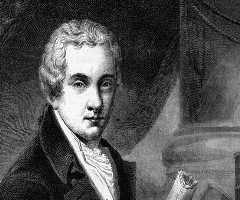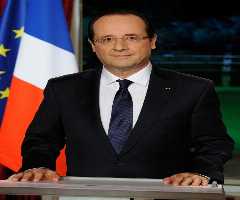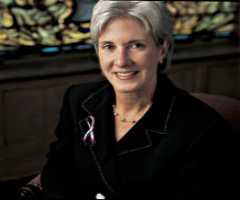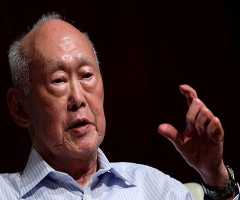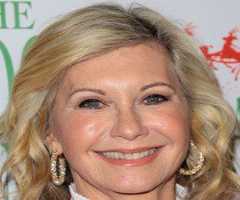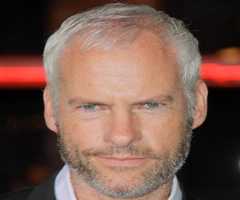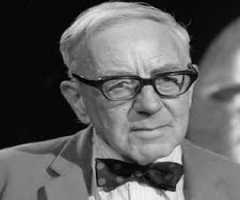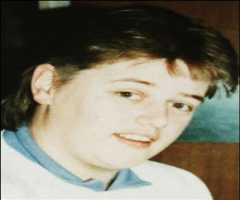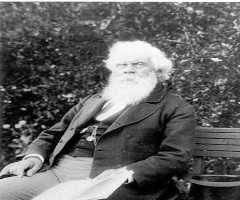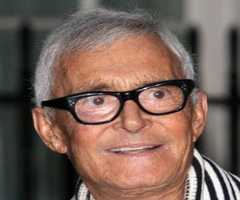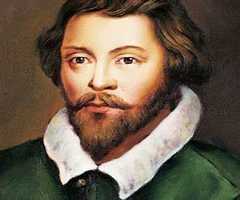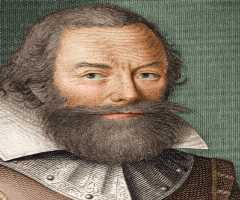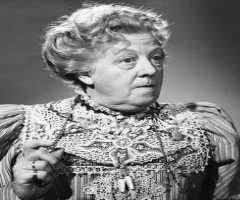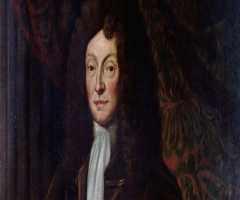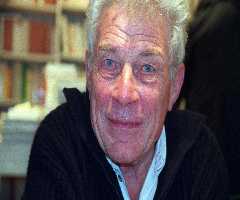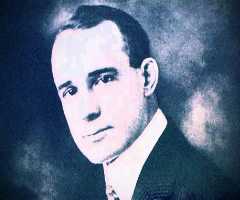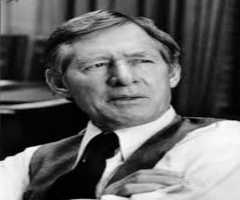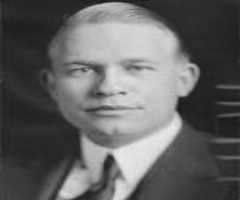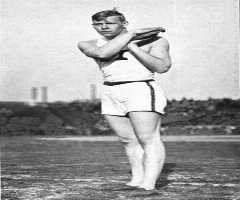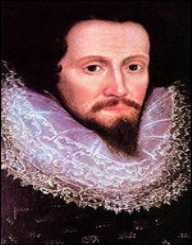
Birth Place : Herefordshire, England, United Kingdom
Died On : February 25, 1601
Zodiac Sign : Scorpio
Robert Devereux Biography, Life, Interesting Facts
Robert Devereux, 2nd Earl of Essex, was an English nobleman and one of Queen Elizabeth I favorites during her reign. Born in Bromyard, Herefordshire, England on November 10, 1565, Robert Devereux, 2nd Earl of Essex took undue advantage of his relationship with the Queen and started misbehaving and flouting her orders. He put on several behaviors that worsened his relationship with the Queen. In 1599, he was placed under house arrest after a poor campaign in Ireland during the Nine Years’ War. Robert Devereux, 2nd Earl of Essex, led an abortive coup d’état against the government in 1601 and was arrested and executed for treason.
Personal Life
Robert Devereux, 2nd Earl of Essex, was born on November 10, 1565, at Netherwood near Bromyard in Herefordshire to Walter Devereux, 1st Earl of Essex and Lettice Knollys. Robert Devereux, 2nd Earl of Essex, was the first-cousin-twice-removed of Queen Elizabeth I. Robert Devereux, 2nd Earl of Essex was raised at Chartley Castle, Staffordshire, and Lamphey, Pembrokeshire in Wales. His father died in 1576.
A year after, Robert Devereux, 2nd Earl of Essex enrolled at Trinity College, Cambridge as a fellow-commoner and Robert Devereux, 2nd Earl of Essex matriculated in 1579. He graduated with a Master of Arts in 1581. Lettice married her second husband, Robert Dudley, Earl of Leicester on September21, 1578.
Career
Robert Devereux, 2nd Earl of Essex, entered into court service in 1584, and after three years, his became one of the favorite of Queen Elizabeth I for his skills as a showman and eloquence. Robert Devereux, 2nd Earl of Essex, was made the Master of the Horse in 1587, replacing the Earl of Leicester. After the death of the Earl n 1588, Elizabeth I transferred his royal monopoly to sweet wines, thus gaining his revenue from taxes. Robert became a member of the Privy Council in 1593.
As Robert Devereux, 2nd Earl of Essex became the Queen’s favorite and gained her trust, Robert began to show an act of disrespect towards the Queen and orders of her principal secretary Robert Cecil. One of such act happened during an intense Privy Council debate on a problem in Ireland, where Robert showed an act of insolence. The Queen angrily cuffed him on the ear, and Robert Devereux, 2nd Earl of Essex half, drew his sword on her. He had previously shown such insubordination including in 1589 when the Queen ordered him not to take part in the Francis Drake’s English Armada, that sailed to Spain but he played adamant.
Robert Devereux, 2nd Earl of Essex, was the second-in-command during the Island Voyage expedition to the Azores in 1597, and with his position, Robert Devereux, 2nd Earl of Essex disregarded the Queen's orders and pursued the Spanish treasure fleet without defeating the Spanish battle fleet. With that act, the 3rd Spanish Armada made its way to the English coast, in October 1597 while the English fleet was far out of these a, creating panic among the people. It at an act of nature that saved the situation, as a heavy storm dispersed the Spanish fleet and some of their ships were captured while others withdrew.
Ireland Campaign
In 1599, Robert Devereux, 2nd Earl of Essex talked himself to be given the position of Lord Lieutenant of Ireland. This was at the time when the Nine Years’ War, fought from 1595 to 1603, was halfway through but no English commander had been successful. Robert Devereux, 2nd Earl of Essex, arranged for 16,000 troops, the largest ever to Ireland, with the mandate to end the rebellion. Expectations were that, with the huge troop, the rebellion would be crushed in no time but that was not meant to happen. Robert Devereux, 2nd Earl of Essex, led unsuccessful campaigns and wasted his resources. Instead of facing the Irish troops led by Hugh O’Neill, the Earl of Tyrone he rather sought for a truce, to the detriment of the English authority and seen as humiliating to the Crown.
First Trial
After that poor show in Ireland, Robert Devereux, 2nd Earl of Essex returned to England on September 28, 1599, even though the Queen had forbidden his return. On September 29, Robert Devereux, 2nd Earl of Essex presented himself to the Privy Council and at the end of his interrogation was put in the custody of Sir Richard Berkeley in his York House on October 1, 1599. In 1600, Robert Devereux, 2nd Earl of Essex was tried before a commission of 18 men and was convicted of house arrest and deprived of public office. Robert Devereux, 2nd Earl of Essex, gained his freedom in August but his monopoly on sweet wines was not renewed, thus affecting his basic source of income.
His situation worsened, and Robert moved "from sorrow and repentance to rage and rebellion." Robert Devereux, 2nd Earl of Essex, started gathering some of his followers at his Essex House and on February 8, 1600, marched with some nobles and gentlemen with an intention to forcibly seek an audience with the Queen in London. They were unsuccessful with the attempt and redrew to the Essex House. The Crown forces later besieged the Essex House, and Robert surrendered.
Trial For Treason
Robert Devereux, 2nd Earl of Essex, was tried for treason on February 19, 1601, with the charge of with "conspiring and imagining at London, to depose and slay the Queen, and to subvert the Government." Robert Devereux, 2nd Earl of Essex also "endeavored to raise himself to the Crown of England, and usurp the royal dignity." And to fulfil this, "rose and assembled themselves in open rebellion, moved and persuaded many of the citizens of London to join them in their treason, and endeavored to get the city of London into their possession and power, and wounded and killed many of the Queen's subjects then and there assembled for the purpose of quelling such rebellion." Robert Devereux, 2nd Earl of Essex, was also charged with holding the Lord Keeper and the other Privy Councillors in custody "for four hours and more."
On February 25, 1601, Robert Devereux, 2nd Earl of Essex was found guilty and beheaded in the Tower of London. Robert Devereux, 2nd Earl of Essex, became the last person to be beheaded on the Tower. After his conviction for treason, the status of earldom forfeit and none of his children could inherit the title.
Personal Life
Robert Devereux, 2nd Earl of Essex, 2nd Earl of Essex, married Frances Walsingham, widow of Sir Philip Sidney in 1590. The couple had several children, but three survived childhood. He also had a mistress, Elisabeth Southwell with whom he also had a son.
